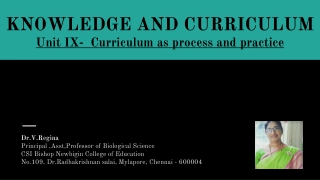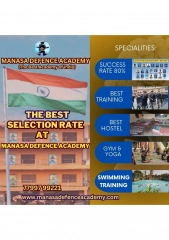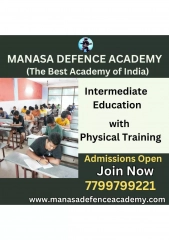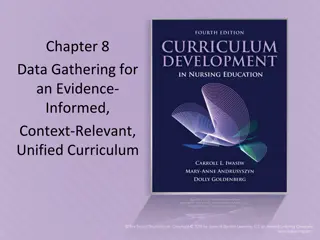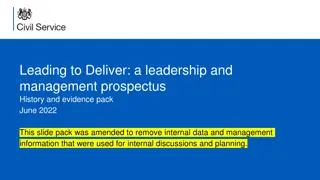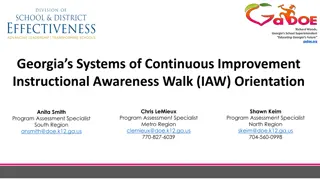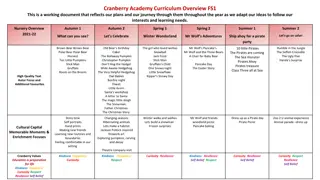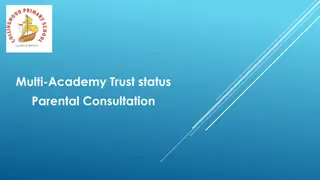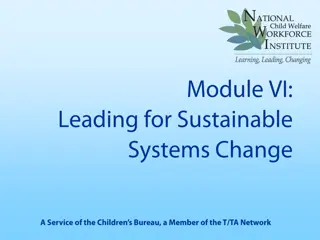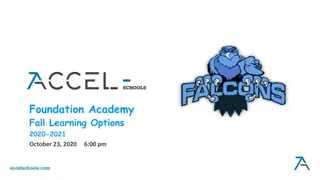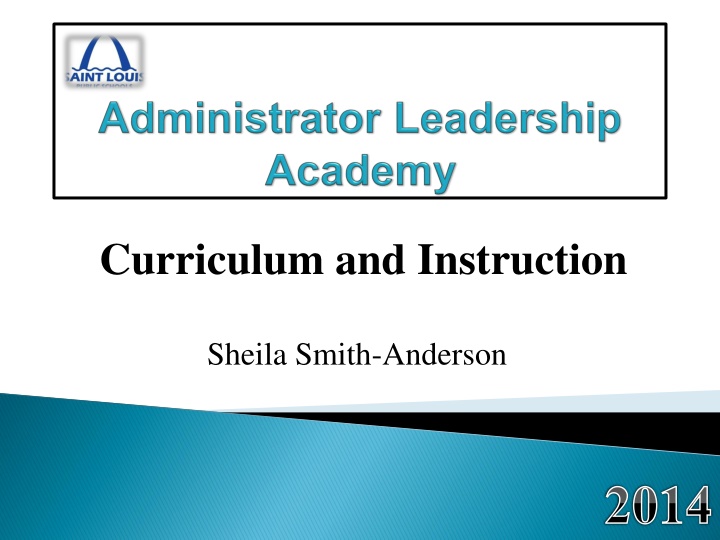
Culturally Responsive Curriculum and Instruction in Education
Enhance teaching and learning with differentiated instruction and cultural responsiveness, supported by curriculum specialists. Collaborate with school clusters to implement district-wide instructional focus. Build teacher capacity, ensure curriculum fidelity, and use data-driven decisions for impactful education.
Download Presentation

Please find below an Image/Link to download the presentation.
The content on the website is provided AS IS for your information and personal use only. It may not be sold, licensed, or shared on other websites without obtaining consent from the author. If you encounter any issues during the download, it is possible that the publisher has removed the file from their server.
You are allowed to download the files provided on this website for personal or commercial use, subject to the condition that they are used lawfully. All files are the property of their respective owners.
The content on the website is provided AS IS for your information and personal use only. It may not be sold, licensed, or shared on other websites without obtaining consent from the author.
E N D
Presentation Transcript
Curriculum and Instruction Sheila Smith-Anderson 2014
The Instructional Core Cultural Responsiveness DIFFERENTIATION Customized instruction for each student Standards based Curriculum CURRICULUM & INSTRUCTION FRAMEWORK The Curriculum and Instruction Office will . 1. Implement the district-wide instructional focus of differentiation through the SLPS Literacy Model. 2. Work with cluster level instructional/leadership teams to improve teaching and learning for all students. 3. Work with schools to identify, learn, use, and monitor effective evidence-based teaching practices to meet the needs of each student. 4. Design specific, targeted professional development to support the learning goals identified in the District Accountability Plan and individual School Improvement Plan. 5. Provide expert content area support to the schools. Curriculum & Instruction Building Capacity to Improve Teaching and Learning
Curriculum and Instruction Sheila Smith-Anderson Curriculum and Instruction June Bodeman Secretary Vacant Mathematics Curriculum Specialist Mia Carpenter Mathematics Curriculum Specialist Esther Palsenberger ELA Curriculum Specialist Margaret (Leanne) White AIM for Fitness Project Director Judine Keplar ELA Curriculum Specialist GegiMara Ra-El Social Studies Curriculum Specialist Scott Deppong Social Studies Curriculum Specialist Natasha Mitchell PD Instructional Technology Specialist Dr. Susan Raney Science Curriculum Specialist Tracy Bednarick Science Curriculum Specialist Vacant Vacant Visual Nicole Roberts PD Instructional Technology Specialist Colleen Patrick PD Instructional Technology Specialist MyLearningPlan Administrative Assistant Kaye Harrelson Music Curriculum Specialist Arts/Springboard Curriculum Specialist Bill Trefts Music Technician Gail Mathews Data Specialist Michelle Jones Gifted & Talented Coordinator Karen Muhammad Gifted & Talented Clerk Tom LaRosa School Psych Examiner
The Role of the Curriculum Specialist Model Observe Give descriptive, constructive feedback Support school improvement efforts -- work with cluster assigned schools in the improvement efforts of teaching and learning Provide resources Provide individual and collective professional development Provide expert content and process knowledge Ensure fidelity of the written curriculum Ensure fidelity of the district adopted curricular material Build teacher capacity Use data to drive decisions The role of the supervisor is NOT: Evaluation
Aligned with Missouri Learning Standards Writing curriculum for K-8 to accompany reading standards Balanced Literacy Migrate from basal text to meet rigor of Missouri Learning Standards Text-based; mentor texts All content areas K-12 In some content areas, the Content Level Expectations are included 5
PACING GUIDE SAMPLE Time Frame Missouri Learning Standards (Common Core Standards) Content Objectives Students will be able to Resources/Materials Assessment Students will be able to demonstrate mastery of the standards by Goal 1 Assessments: Goal 1 Mini Lessons: Become the character through dramatization. (hyperlink to lessons) Oct. Unit 2 Goal 1 Standards: Goal 1 Resources: Hyperlinked Mini Lessons Classroom Library: Containers/tubs of leveled books and interesting books and not so interesting books 3.RL.1 Ask and answer questions to demonstrate understanding of a text, referring explicitly to the text as the basis for the answers. Formative Assessment Reading Logs See the world of the story through the eyes of the character. (hyperlink to lessons) Anchor Charts- co-created Reading Journals Goal-setting template Total Participation Techniques (partner A/partner B; elbow partners) Unit Assessment checklist (hyperlink) Make connections with the character and text-to-self. (hyperlink to lessons) Anchor Texts Suggestions: Fairy Tales Folk tales Myths The Two Volcanos Poppleton Poppy Because of Winn Dixie Charlotte s Webb Anecdotal notes Teacher Made Assessments 6
Use of District Curriculum and Pacing Guides Use of the Instructional Cycle Lesson Planning with Differentiation Black Board Configuration SLPS Literacy Model Total Participation Techniques Marzano Teaching Strategies Classroom Management System for Class and School Conflict Resolution or Behavior Management System System for Building Community
Thank you for your time and attention. sheila.smith-anderson@slps.org 314-345-4486 (office) 314-393-6326(district cell)

